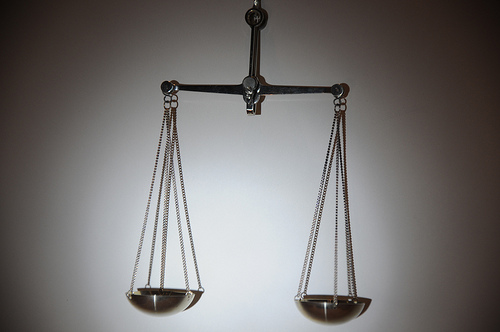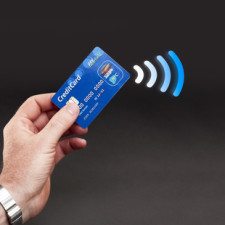Money In, Money Out: Determining Debit Before Borrowing
Debt is far too easy to acquire, especially considering how difficult it is to eliminate later. The temptation to buy something on credit is intense, especially if you tell yourself that it’s only $20 dollars a month. The fact is that all those payments start to add up, and you soon find yourself unable to enjoy the little things in life because you are buried in debt.
is far too easy to acquire, especially considering how difficult it is to eliminate later. The temptation to buy something on credit is intense, especially if you tell yourself that it’s only $20 dollars a month. The fact is that all those payments start to add up, and you soon find yourself unable to enjoy the little things in life because you are buried in debt.
However, there are times when it might be worth it to take on a little more debt. Here are some tips to help you determine whether the debt is doable or should be avoided.
How to Make Smart Borrowing Decisions
Examine Your Current Situation
Credit is designed to help you get those little extras in life you couldn’t afford otherwise, so there may be times when you charge something. However, you don’t want to wind up drowning in minimum payments and interest charges. You must determine what your income and expenses are before taking on new debt.
When putting together the numbers, be sure to consider the following information.
- Sources of income include interest payments, wages, dividends and consistent alimony or child support payments.
- When determining income, count only those items that are consistent. Do not count overtime if you don’t get it regularly. Do not plan on child support if those payments don’t always arrive on time.
- Expenditures include everything from the mortgage payment to groceries and entertainment.
- Include emergency expenses in the list, such as money for car repairs and medical bills. This will prevent you from facing a shortfall should something come up.
- Some expenses are only paid once every few months, like sewer and water bills. These must be included so that you don’t face a shortage when they are due.
- Annual expenses like property taxes should also be calculated. Divide them by 12 and add this amount to your list of monthly expenses.
All the income you receive in a month should be placed in one column. The expenses should be placed in another. Include the appropriate portion of annual expenses with your monthly costs to arrive at an accurate number. Deduct the expenses from your income to determine what your monthly disposable income is. This is how much money you have to apply to a debt payment each month.
Goals, Wants and Needs
Once you have determined whether you can afford the extra payment, you should take the time to determine whether it fits with your goals. If your goal is to eliminate debt, then the last thing you want to do is add another bill to the mix. There are times when it’s a necessary evil, like when the car is dying and you need one to get to work.
Take a good look at the purchase you are considering. Is it something you need or just something you want? If you don’t need it, then you should avoid the debt. Look to other options for making the purchase, including selling unused items around the house for cash or saving the money for the purchase.
Payoff Plan
If you have the disposable income to take on the debt, and you have determined that it fits with your goals and you need it, then you are ready to take the next step. Make sure you have a payoff plan. While this isn’t an issue with secured debts like cars, it can be a serious problem with credit cards. Paying the minimum amount will cost you a small fortune in interest, so create a plan for paying the debt off faster. Work the increased payment into your budget, and resist the temptation to pay only the minimum due.
There may come a time when you want to purchase something on credit. Whether it’s a new gadget or a computer you must have for work, you should enter into a new credit agreement with great care. Do not make the purchase if you don’t have the disposable income to cover the payments, and avoid the expense if it doesn’t fit with your goals in life. It takes a great deal of self-control to put so much thought into a credit transaction, but it will help you improve your finances in the end.





